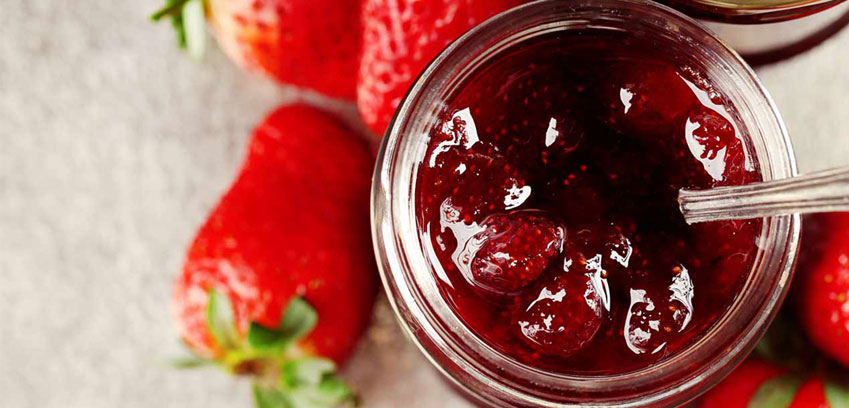What is the difference between Basmati Rice and other types?

Anjoman magazine 3
February 1, 2017
Why CEYLON Tea?
February 13, 2017Rice is a delicious, versatile alternative to potatoes and pasta, and there are lots of varieties to choose from. Here’s a guide to the different types.
Rice is classified by the size of its grain into long, medium and short varieties and ranges from fluffy to creamy to sticky in texture. Colour varies from brown to white to red.
The shape, size, texture and other characteristics of the different varieties affect the way the rice is used in recipes, what types of dish it is suitable for, and the way it is cooked. Each country favours particular varieties for its cuisine.
Different Types of Rice
Long-grain rices:
Long-grain rice, as the name suggests, has grains that are long and slim. When cooked, the grains tend to remain separate, and the finished result is usually fairly dry and firm. Most is in a polished white form, although brown long-grain rice is also available. Patna rice comes from Asia; Carolina rice, which is slightly chunkier in appearance, is from North America.
Basmati rice:
This is a type of long-grain rice with very long, slim grains, basmati rice has excellent cooking qualities and a full flavour. It is grown only in northern India and Pakistan, and no other rice can be labelled as basmati. It also comes in a wholegrain form, which tends to be lighter and quicker to cook than other brown rices. The extra nutritional advantage of basmati rice is that it scores low on the Glycaemic Index: its carbohydrate content is absorbed less quickly into the bloodstream than other types of rice, and thus it helps to keep blood-glucose levels stable. Basmati rice should be rinsed before cooking to get rid of the starchy powder left over from milling.
Chinese black rice:
An unrefined rice, this has a brownish-black skin and flattish, wide grains. It is usually soaked and then steamed. In Asia it is also used to make a dessert with coconut milk and palm sugar.
Glutinous rice:
Sometimes referred to as Chinese rice or sticky rice, this is widely used in South-east Asia for both sweet and savoury dishes. Its grains are almost round and chalky-white. Ironically, the name is misleading as, like all other rices, it contains no gluten. The normal cooking method is to soak and then steam it, after which the grains stick together as if with glue. This means it can be eaten in small balls picked up with the fingers or chopsticks.
Jasmine rice:
Also known as Thai fragrant rice, this is grown in eastern Asia. It has a slight perfume and when cooked is slightly more sticky than other long-grain rices. It marries well with other Asian foods and is the rice to use in Thai cookery.
Paella rice:
From the Spanish region of Valencia, this is used in the traditional dish of Spain, paella. It is a plump, short-grain rice similar to risotto rice, but with a less creamy texture.
Par-boiled rice:
Sometimes called converted rice or processed rice, this is wholegrain rice that is soaked, steamed and dried before milling and polishing. The process forces the vitamins and minerals into the centre of the grain so that more are retained than in ordinary white rice. The colour of this rice is more golden than other white rice and it takes a little longer to cook. Even with over-cooking, the grains will remain separate.
Quick-cook rice:
Also called easy-cook rice, this shouldn’t be confused with parboiled rice. Quick-cook rice is part-cooked after milling and then dried, so that when you cook it, it takes about half the time of ordinary long-grain rice. Quick-cook rice has lost most of its nutrients, especially the water-soluble B vitamins, because of this double-cook process.
Red rice:
A wholegrain rice with a red outer skin, this has a nutty flavour and slightly chewy texture. The best quality red rice comes from the Camargue region of France; other red rices, produced in North America, are also available.
Risotto rice:
The famous medium-grain rice of Italy, this has plump, white, oval grains. When cooked with liquid stirred in slowly, the grains retain their individual shape yet become creamy. Arborio is the best-known of the risotto rices, but of even better quality are Carnaroli and Vialone Nano.
Short and medium grain rices:
These rices contain a starchy substance called amylopectin, which causes stickiness (long-grain rice has much less of this starch). After cooking, the individual grains cling together, which is why these rices are used in dishes where a creamy or sticky texture is wanted, such as risottos, puddings and sushi.
Sushi rice:
A short-grain rice, this is usually soaked and then cooked by the absorption method. Once cooled, it is flavoured with sweetened rice vinegar and rolled up in nori seaweed with other ingredients such as raw fish or vegetables to make sushi. It is the stickiness of the rice which holds the sushi rolls together.




